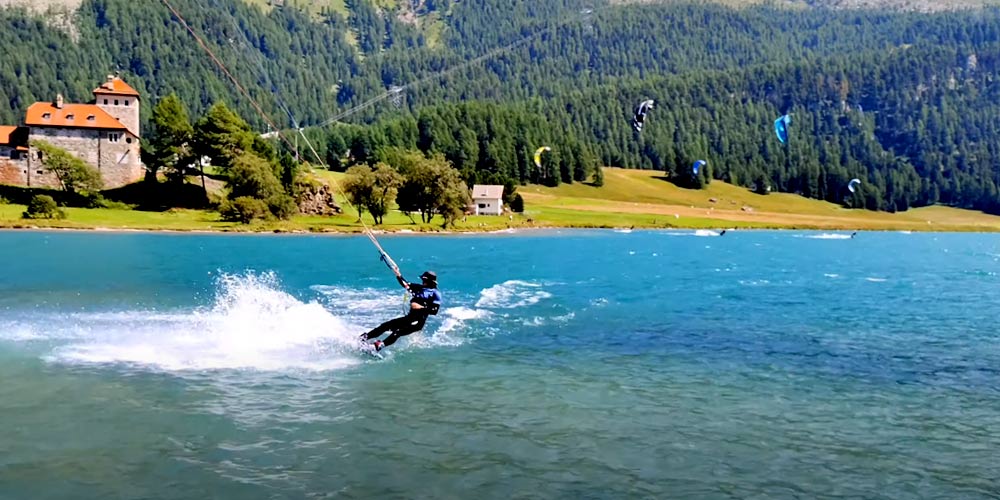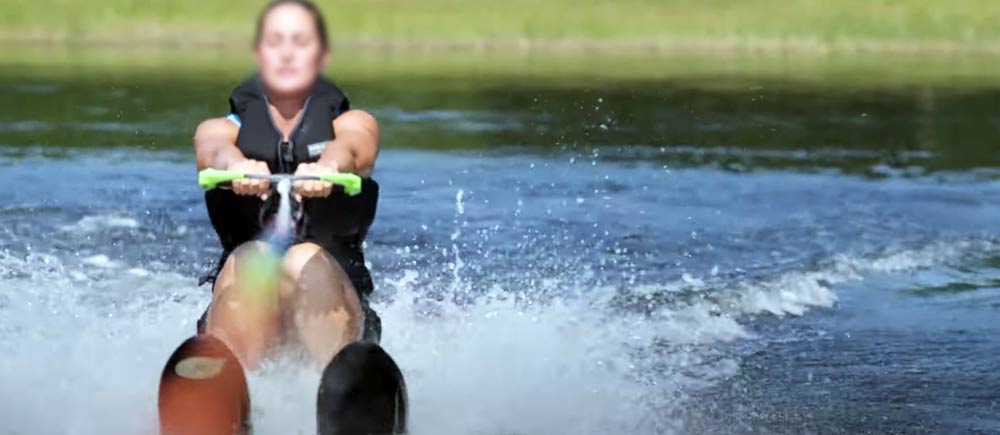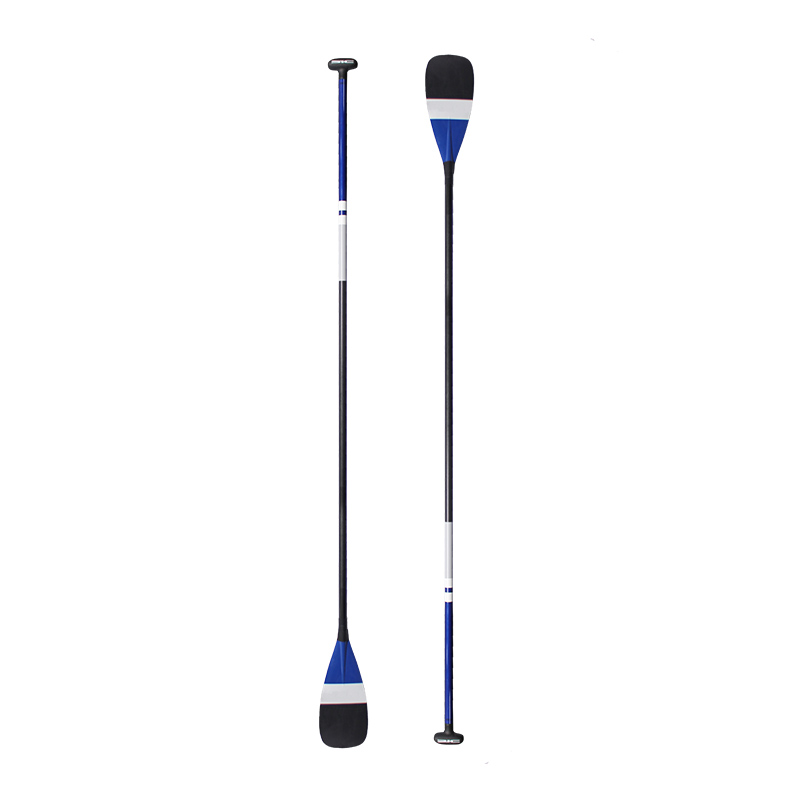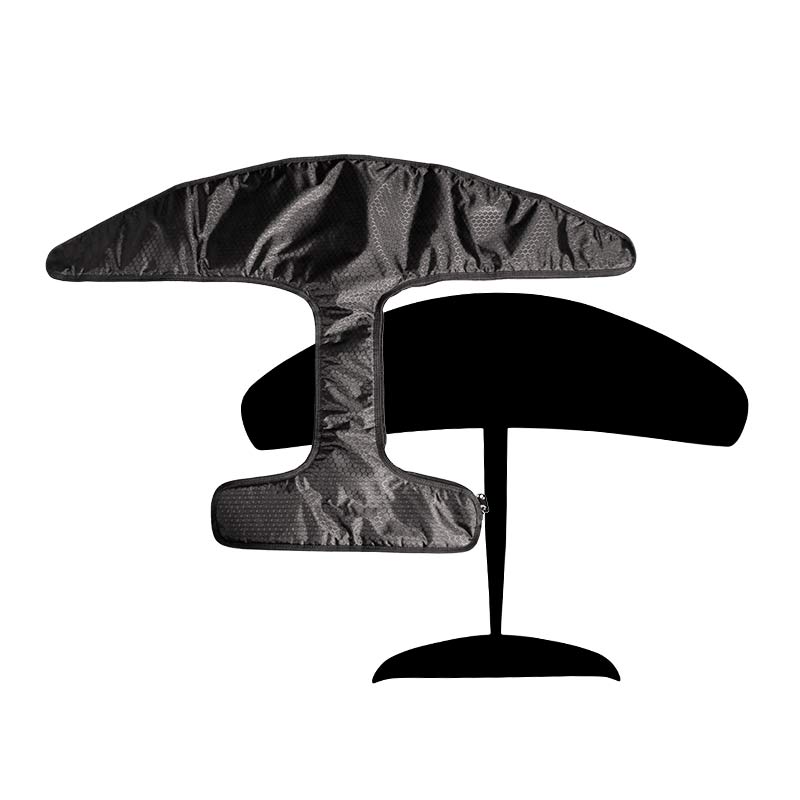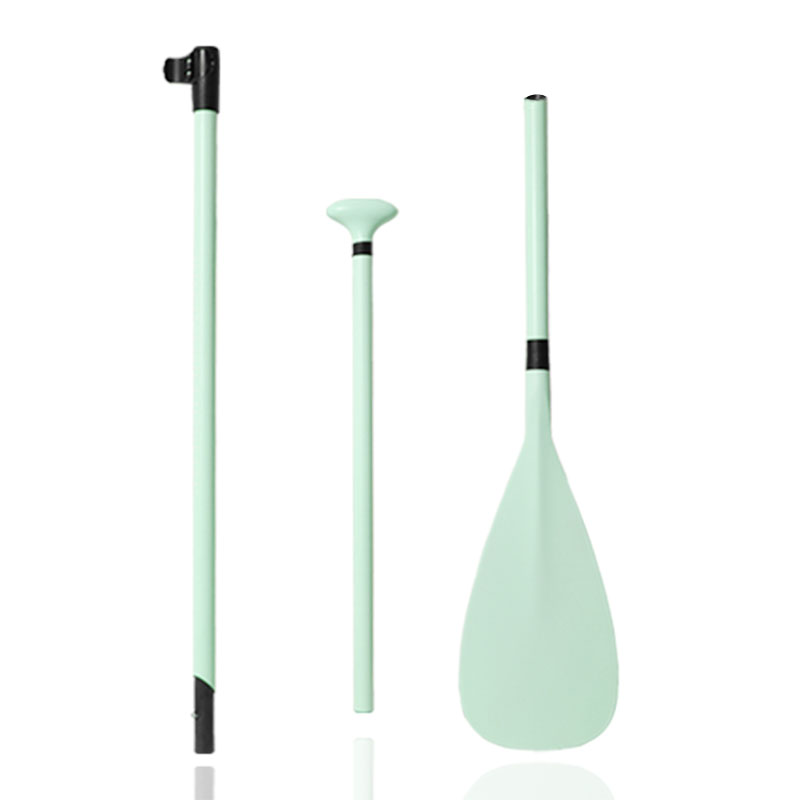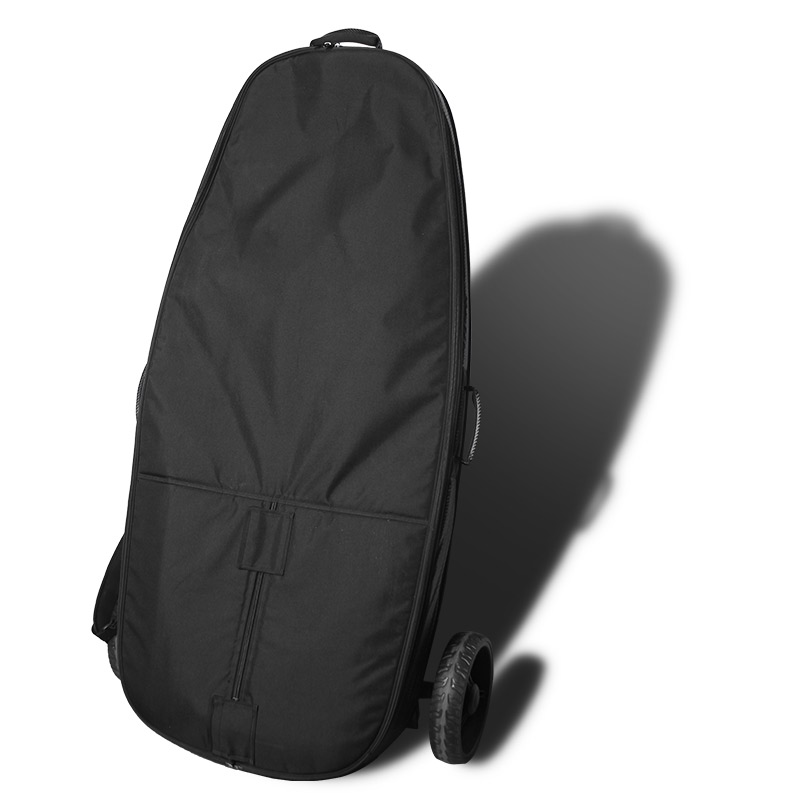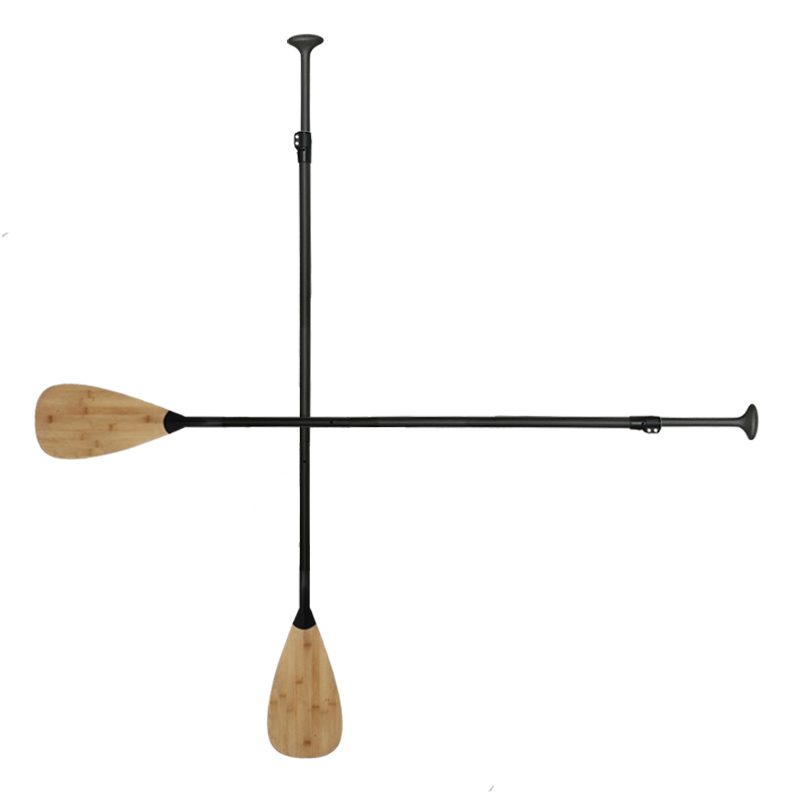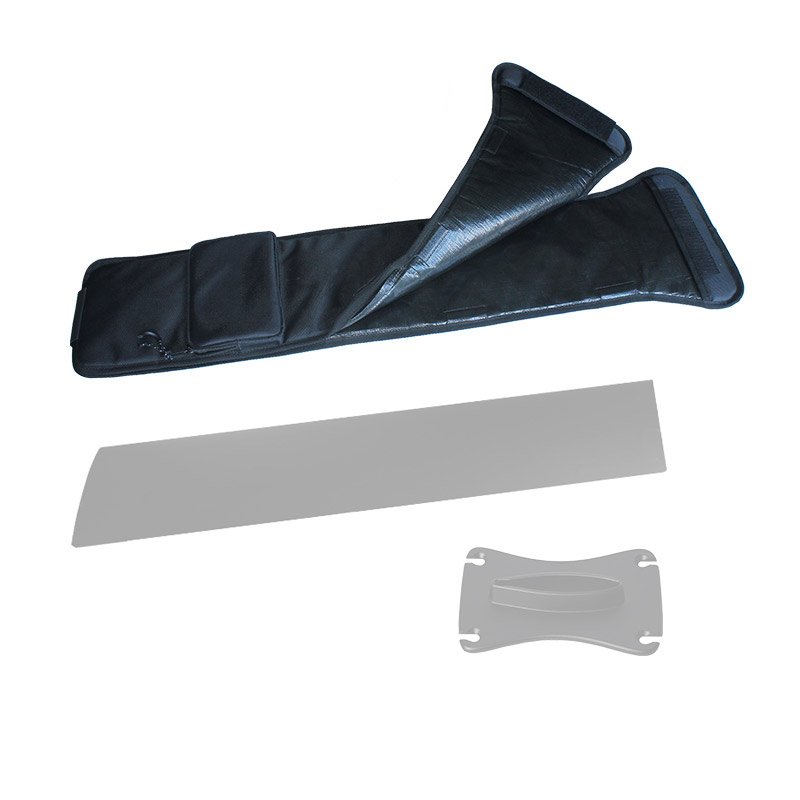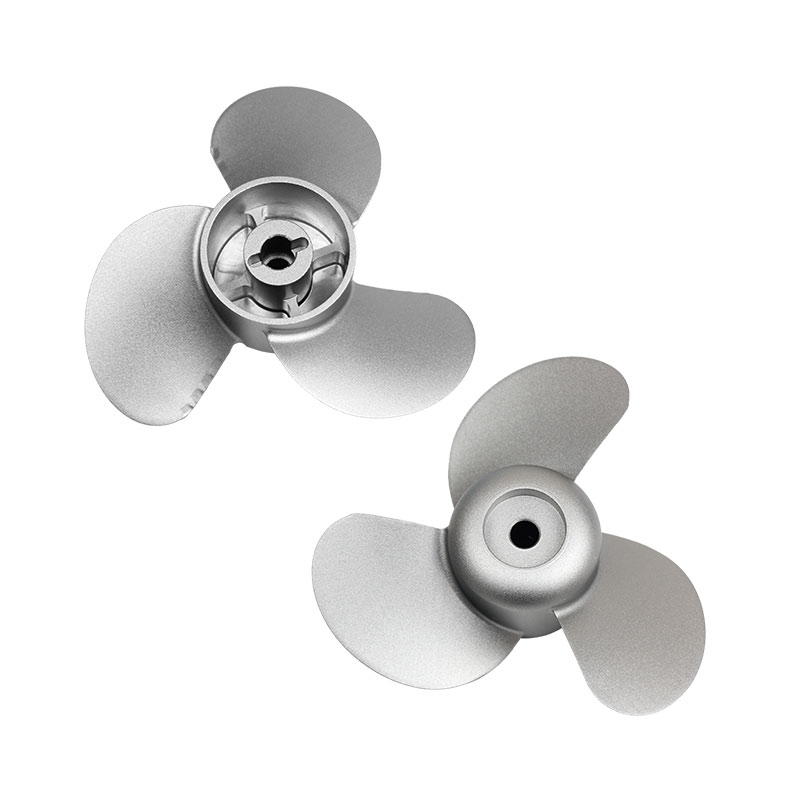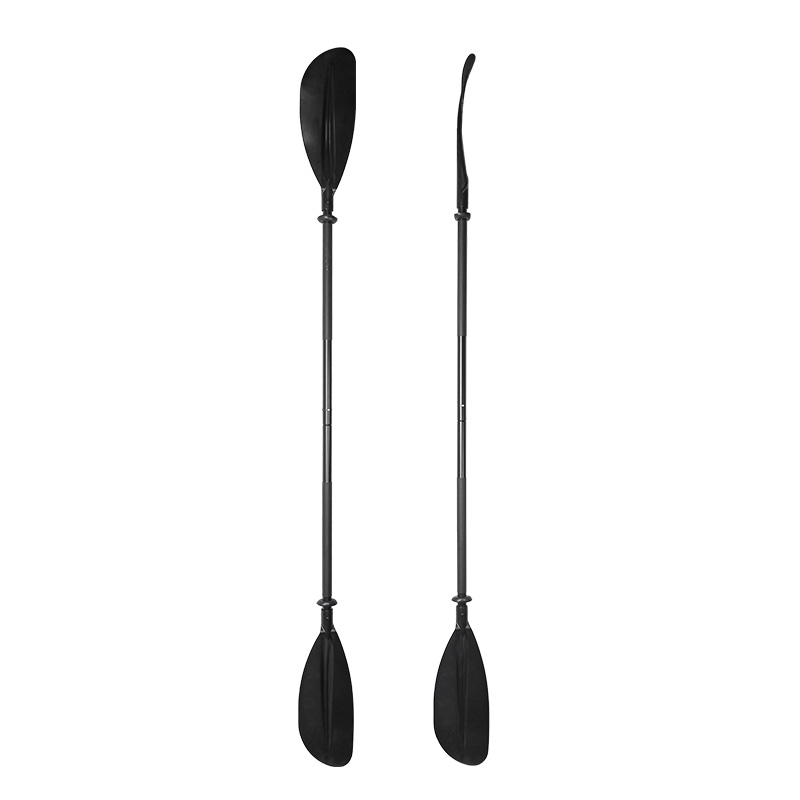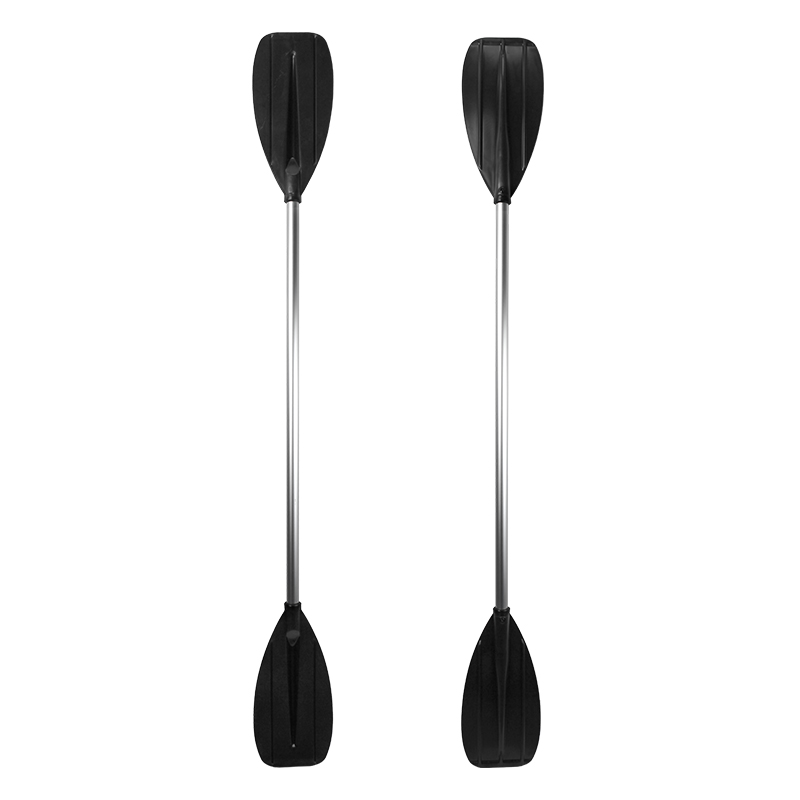From historical milestones to remarkable achievements, surfing fun facts are as diverse and compelling as the waves themselves. Surfing is a sport that blends excitement and adventure, offering a unique connection between the athlete and the ocean. But beyond the exhilarating rides and the quest for the perfect wave, there are many intriguing and memorable tidbits that make the world of surfing even more fascinating.
In this article, we delve into 20 of the most captivating surfing fun facts from history. These stories not only highlight the sport’s rich heritage but also reveal some surprising and lesser-known aspects of surfing that will captivate any enthusiast.
Whether you’re a seasoned surfer or a newcomer to the sport, these fun facts offer a deeper appreciation for the history and evolution of surfing. So, grab your board, take a deep breath, and dive into these memorable anecdotes and historical highlights that are sure to add a new layer of excitement to your surfing experience.
1. The first official surfing competition
Today the first surfing fun fact in our article is about a surfing competition. This is one of the most popular photos in the Sherman Library Collection, showing some of the contestants posing before the competition. On Sunday, August 7, 1928, at noon, the Corona del Mar Surfboard Club sponsored the first Pacific Coast Surfboard Championship, organized by Sparr Bathhouse Manager T.W. Sheffield.
The surfing fun fact event included a paddle race from Corona del Mar beach to the West Pier and back, canoe paddling, a surfboard lifesaving demonstration, and finally, a surfing race from the harbor entrance buoy to the East Pier through the surf.
While no one today would consider Corona del Mar the center of California surf culture, in 1928 it held the title of Surf City USA. That year, Corona del Mar had the only surf club on the Pacific Coast (with 12 members) and hosted the first Pacific Coast Surfboard Championships.

2. The man who brought surfing to California
Another surfing fun fact is a man called George Freeth (1883-1919), an Irish-Hawaiian surfer, is considered the most significant source of California surf culture. He gained fame after being described as a “young god bronzed with sunburn” in an article by Jack London.
As one of the earliest lifeguards in the state, Freeth saved 78 lives. Sadly, he died at the age of 36 after contracting an illness during the global pandemic in 1919. He is recognized as the first professional surfer in the history of the sport and is credited with introducing and popularizing surfing on the mainland United States. A bronze statue of Freeth stands on the Redondo Beach Pier.

3. Surfing origin
During Captain Cook’s third Pacific expedition, his ships, the HMS Discovery and Resolution, made the first European visit to Hawaii in 1778. Unfortunately, Captain Cook was killed by Hawaiians at Kealakekua Bay. Following his death, Lieutenant James King was appointed as lieutenant of the Discovery and continued Cook’s legacy by completing the European record of Hawaii. King devoted two full pages to describing the surfing process, making it the earliest written account of surfing.
This surfing fun fact is about the early artistic representations of surfing in Hawaii – Hawaiian National Archives. Early explorers discovered that surfing in Hawaii was a national pastime. What do you think about it?
4. The most successful surfing champion
In this surfing fun fact, we will talk about a surfing champion. Surfers don’t often achieve mainstream fame, but Kelly Slater is the exception. Over a career spanning more than 20 years, he has earned his place as surfing royalty. The Florida native has amassed a net worth of $20 million during those years. Slater was sponsored by Quiksilver from 1990 to 2014.
At 20, in 1992, he became the youngest surfer to win the world title, and in 2011, at 39, he became the oldest to win. From 1994 to 1998, he was crowned the ASP World Tour Champion 11 consecutive times. After a brief retirement from 1999 to 2003, Slater returned and went on to win the title again in 2005, 2006, 2008, 2010, and 2011.
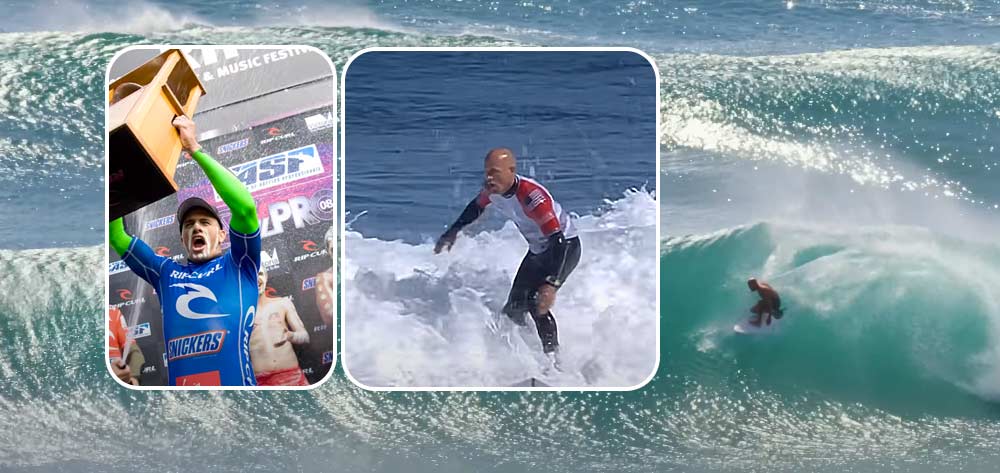
5. The first university degree in Surf Science.
This surfing fun fact all started at Plymouth University in the UK, where in 1999, the Bachelor of Science program in Surf Science and Technology gave students the opportunity to study surfing, from surf culture and fitness to marketing and environmental research
Upon graduation, students could enter the growing surf industry. Other universities specializing in surf studies include the University of Lisbon (Portugal), Swansea University (UK), and the University of La Laguna (Tenerife, Spain).
6. The highest-recorded wave
The Lituya Bay event a famous surfing fun fact, which took place on July 9, 1958, was caused by a massive landslide that dropped millions of cubic yards of rock into the narrow bay, displacing water and creating a mega-tsunami. This tsunami reached a height of 530 meters(1,740 feet), making it the tallest wave ever recorded. However, it was a natural disaster, not a wave for surfing.
This surfing fun fact is distinct from the surfing record held by Rodrigo Koxa, who rode the largest wave surfed by a human, which was much smaller at 80 feet (24.38 meters) but still massive in the context of surfing. So, while both records are about waves, the Lituya Bay wave was a catastrophic geological event, not a surfable wave.
7. Surfing Fun Fact: The longest surf ride
On March 10, 2016, James Cotton of Australia broke the record for the longest surf ride, covering 17.2 kilometers (10.7 miles) in 64 minutes on a tidal bore off the coast of Sumatra, Indonesia, surpassing Steve King’s previous record of 12.2 kilometers (7.6 miles) on the River Severn in the UK.
8. The oldest sports
Surfing is indeed considered one of the oldest sports on Earth, with roots tracing back thousands of years. It originated in Polynesia, where ancient peoples used wooden boards to ride ocean waves for both practical purposes and recreation. The earliest recorded instances of surfing date back to Hawaii and other Polynesian islands, where it was not just a sport but a deeply spiritual, cultural practice as well as a surfing fun fact.
In Hawaiian culture, surfing, known as he’e nalu, was seen as a way to connect with the ocean and nature. Chiefs and royalty were often the most skilled surfers, and their surfboards were made from specific types of wood, often reserved for the elite.
Today, surfing remains a popular and beloved global sport, but it retains deep cultural significance, especially in its place of origin, Hawaii. Its long history and connection to nature make it more than just a modern sport; it’s a tradition that’s been passed down for generations.
9. The longest surf riding time
In 2011, Panamanian surfer Gary Saavedra set the Guinness World Record for the longest time spent surfing a wave. He managed to surf for an astonishing 3 hours and 55 minutes. However, this wasn’t on a natural ocean wave; instead, it was on an artificial wave generated by a boat on the Panama Canal.
The wave was created by the wake of a speedboat, which Saavedra followed for a distance of 41.3 miles (66.47 km). This feat was an incredible test of endurance and balance, as Saavedra had to maintain his position on the wave for almost four hours. It wasn’t a typical surfing challenge, given that it took place on relatively flat water, but it was a unique and remarkable achievement.
This record showcases not only the creativity in pushing the boundaries of surfing fun fact but also the physical and mental stamina required to achieve such a feat.
10. The pioneer for female surfer
Joyce Hoffman is a trailblazing figure in the history of surfing fun facts and one of the most iconic female surfers of all time. Born in 1946 in California, Hoffman grew up in the heart of the burgeoning surf culture of the 1950s and 1960s. Her father, Walter Hoffman, was a big wave surfer and surfboard manufacturer, which greatly influenced her early involvement in the sport.
Hoffman made her mark in competitive surfing during the 1960s, dominating the sport and becoming a role model for women in surfing fun fact. She won multiple U.S. and world surfing titles, including the 1965 and 1966 U.S. Women’s Championships and the 1966 World Surfing Championship. Her grace, style, and competitive spirit helped her stand out in a male-dominated sport.
In 1968, Joyce Hoffman was named “Person of the Year” by the Los Angeles Times, a significant honor and a reflection of her impact on the surfing world and beyond. She was the first surfer ever to receive this title, breaking barriers for both women and the sport itself.
She was also the first woman to be inducted into the International Surfing Hall of Fame in 1968, further solidifying her legacy as a pioneer for female surfers. Hoffman’s contributions went beyond her competitive success; she inspired generations of female surfers, showing that women could excel in what had long been considered a male-dominated sport.
Her influence on surfing fun fact is enduring, as she helped pave the way for the inclusion and recognition of women in the sport, making her a true icon of surfing history.
11. The longest surfing marathon
In November 2022, South African surfer Josh Enslin set the Guinness World Record for the surfing fun fact, the longest surfing marathon, lasting an incredible 29 hours and 27 minutes. Enslin, surfing at Pollock Beach in Gqeberha, South Africa, rode 455 waves during his marathon session, which spanned over two days and nights. This achievement surpassed the previous record of Ben Shaw, who had set it in North Carolina with a time of 30 hours and 11 minutes in 2014.
Enslin’s feat was not just a test of skill, but also a demonstration of immense physical and mental endurance. He had to contend with changing weather conditions, fatigue, and the challenge of staying focused and balanced over such a long period. His record-breaking attempt also raised awareness and funds for charity, adding a meaningful purpose to his incredible surfing achievement.
By breaking Shaw’s record, Enslin reaffirmed his place in surfing history of surfing fun fact and inspired others with his dedication and passion for the sport.

12. International Surfing Day
International Surfing Day is an annual celebration of surfing and the ocean, observed on the third Saturday of June. It was established in 2005 by the Surfrider Foundation and Surfing Magazine to promote awareness of the sport and the importance of protecting the world’s oceans, beaches, and waves.
The day brings surfers, ocean enthusiasts, and coastal communities together worldwide to participate in various activities, such as beach cleanups, surf contests, paddle-outs, educational programs, and ocean conservation efforts. It’s a celebration of the surfing lifestyle, culture, and the connection surfers have with the sea.
International Surfing Day has grown over the years, with events held in over 30 countries. Beyond just riding waves, it’s a day for advocating ocean health and environmental stewardship. Many participants focus on reducing pollution, tackling plastic waste, and protecting marine life.
The day serves as a reminder that while surfing is fun and exhilarating, it also comes with the responsibility of protecting the natural environment that makes the sport possible. If you are a surfer, you should not miss this surfing fun fact.

13. The longest kite surfing journey
The longest kite surfing journey ever recorded was an impressive 1,184 kilometers (736 miles), achieved in August 2015 by a team called Kite the Reef. This remarkable feat took place along Australia’s Great Barrier Reef, with the team of seven kite surfers traveling from Vlassoff Cay to Cape York, the northernmost tip of the Australian continent.
This surfing fun fact journey required tremendous endurance, skill, and teamwork, as the surfers faced changing weather conditions, strong winds, and the challenges of navigating through the open sea. The purpose of the expedition wasn’t only to set a world record but also to raise awareness about environmental issues affecting the Great Barrier Reef and to promote the preservation of one of the world’s most important marine ecosystems.
The record-setting surfing fun fact journey exemplified the adventurous spirit of kite surfing while highlighting the significance of environmental conservation in one of the planet’s most fragile ecosystems.
14. The guy with the largest collection of surfboards
Donald Dettloff holds the Guinness World Record for the largest collection of surfboards, with an impressive 647 surfboards. Dettloff, who lives in Haiku, Maui, Hawaii, has creatively used his surfboard collection to form a fence around his home, creating a unique and visually striking tribute to surfing culture.
His collection includes surfboards of various styles, sizes, and eras, showcasing the evolution of surfboard design over the years. Some of the boards in his collection are vintage and rare, making the display not just an artistic statement but also a celebration of the history of surfing fun fact. Dettloff’s surfboard fence has become something of a local landmark and a testament to his lifelong passion for the sport.
It’s an iconic way of blending surfing, art, and lifestyle, all while paying homage to Hawaii’s deep connection with surfing culture.
15. Surfing Fun Fact A Board Can Load 66 People
The largest surfboard ever ridden held 66 people and broke the world record. It is a fun surfing fun fact, right? And it is true.
On June 20, 2015, International Surfing Day, 66 people rode a giant surfboard at Huntington Beach, California, standing on the board for 12 seconds and setting the record. The board, 42’1.5” (12.83m) long, 11’1” (3.37m) wide, and 1’4.4” (0.41m) thick, was also confirmed as the world’s largest surfboard by Guinness officials.
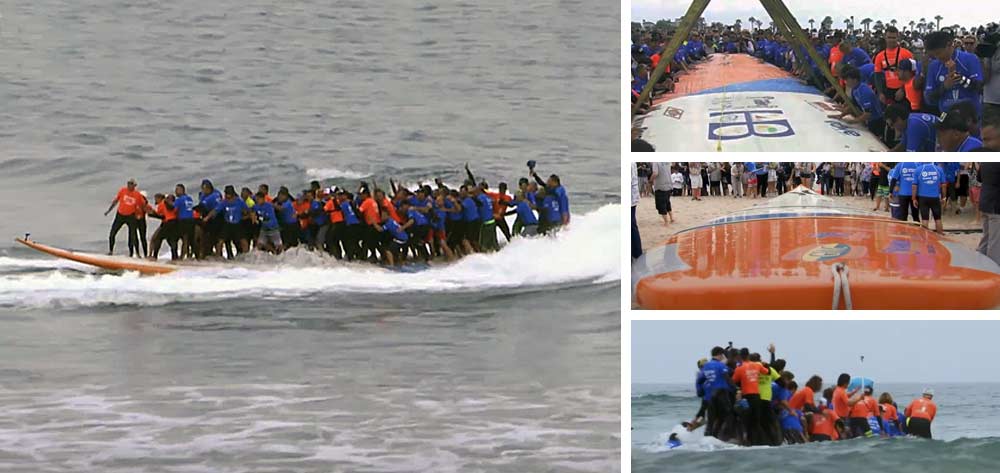
16. What do people think in surfing?
If don’t have the research from researchers, you may also know this surfing fun fact. According to Surfer Magazine, 66% of surfers do think about sharks while they’re out on the water. This apprehension is understandable given the presence of sharks in many popular surfing locations.
When it comes to shark attacks, the U.S. has indeed recorded the highest number annually. States like Florida and California often report the most incidents. Following the U.S., Australia and South Africa are also known for having higher rates of shark attacks. Both countries have extensive coastlines with popular surfing spots where shark encounters are a concern.
Despite these statistics for this surfing fun fact, it’s important to note that shark attacks are relatively rare, and most sharks are not interested in humans. Many surf safety measures and education programs are in place to help mitigate risks and promote awareness.
The presence of sharks in the ocean is a natural part of the marine ecosystem, and efforts are ongoing to ensure both surfers’ safety and the protection of shark populations.

17. The Shaka Sign
The Shaka sign is not just a simple greeting or way of saying “good.” According to Aloha International, many believe the sign represents the “joyous sharing of the present life energy.” Its origins are debated—some say it came from a Hawaiian fisherman missing three fingers, while others think it started with how a lei is placed around someone’s neck.
One theory suggests it began with Spanish explorers offering drinks to Hawaiians. Regardless of its origins, the sign has become iconic! Do you know this surfing fun fact?
18. Only 8% time in surfing
There was a surfing fun fact you may not know. It was found from New Zealand’s Sport Performance Research Institute (SPRINZ) provides an insightful look into the time dynamics of surfing. According to their studies on professional surfers, the breakdown of time spent during a surf session is quite revealing:
- 8% of the time is spent actually riding waves.
- 28% is spent waiting for waves.
- 54% is dedicated to paddling.
- The remaining 10% is spent on various activities, including adjusting positions, resting, or simply being idle.
These statistics highlight how surfing involves a significant amount of time spent in preparation and waiting compared to the brief moments of riding the waves. Paddling, in particular, is a major part of a surfer’s workout, requiring considerable endurance and strength.
The time spent waiting for waves and paddling underscores the physical demands of the sport and the patience required by surfers. It also reflects the strategic aspect of surfing, where positioning and timing play crucial roles in successfully catching and riding waves.
19. The most famous surfing dog
Such a funny surfing fun fact, this story is about a dog. She should be the most famous surfing dog in the world, Abbie, was born in 2006 and has a Cinderella story as a rescue dog adopted by Michael Uy.
In 2014, she became the first dog to be inducted into the International Surfing Hall of Fame and holds a Guinness World Record. Abbie’s story is a heartwarming reminder of the positive impact animals can have in our lives and the adventures we can share with them!
20. Fiver deadliest surf place
- Pipeline (Oahu, Hawaii): Known for its iconic waves and sharp reef, it poses significant risks to surfers due to its powerful breaks.
- Puerto Escondido (Mexico): Often referred to as the “Mexican Pipeline,” it features heavy beach breaks that can be dangerous, especially during big swells.
- Waimea Bay (Oahu, Hawaii): Famous for its massive winter waves, Waimea can be treacherous with strong currents and a shallow reef.
- Mavericks (Northern California): Known for its gigantic waves and cold waters, Mavericks requires expert skill and caution due to its rocky underwater landscape.
- Teahupo’o (Tahiti): Renowned for its heavy, thick waves that break over a shallow reef, making it one of the most dangerous spots for surfers.
In conclusion for all the surfing fun fact
Surfing is not just a thrilling sport; it’s a rich tapestry woven with history, culture, and fascinating facts. From the pioneers who shaped the sport to the remarkable records set by dedicated surfers, the world of surfing offers endless stories that deepen our connection to the ocean.
Whether you’re inspired by the first competitions, the legendary figures like Kelly Slater, or the playful antics of surfing dogs, these surfing fun facts remind us of the joy and adventure that come with riding the waves. So, next time you paddle out, take a moment to appreciate the vibrant history and community behind this beloved sport. Surf’s up!

